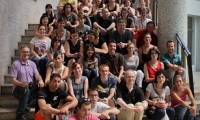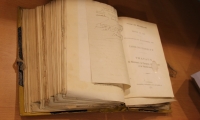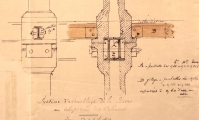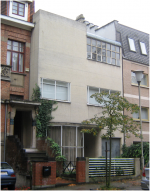Waiting for a train at London St Pancras railway station or reading a book on the Berlin underground are simple everyday actions. Conversely, preserving the service life of such historical metal structures enabling those routine actions is a challenge. The overall safety and stability of historical iron and steel structures and, more in particular, the state of their connections, are of concern to engineers, architects and heritage care specialists. Rivets were the primary fastener used to fabricate these connections through a technique called hot riveting. Although well developed in the nineteenth century, hot riveting fell into disuse when the welding technique was invented. Nowadays, the appraisal of riveted connections raises numerous theoretical and practical issues that remain to be solved. Therefore, we reviewed international historical literature and carried out experiments. This study unravels the technology and design of historical riveted connections built in France and Belgium (1840s-1940s).
Major evolutions occurred at the turn of the 20th century. The material iron was replaced by steel, rivets were not installed by hand anymore but with machines, and the design of riveted connections relied on a scientific approach. The appraisal of riveted structures of that period thus calls for additional care. The knowledge of past techniques and design methods can help engineers apprehend the assessment of riveted connections with more confidence. The study supports decisions-makers and workmen for inspection, structural assessment and intervention purposes. We should strive to preserve both the service life and the heritage value of historical metal structures belonging to the city's landscape for the decades and hopefully centuries to come.





